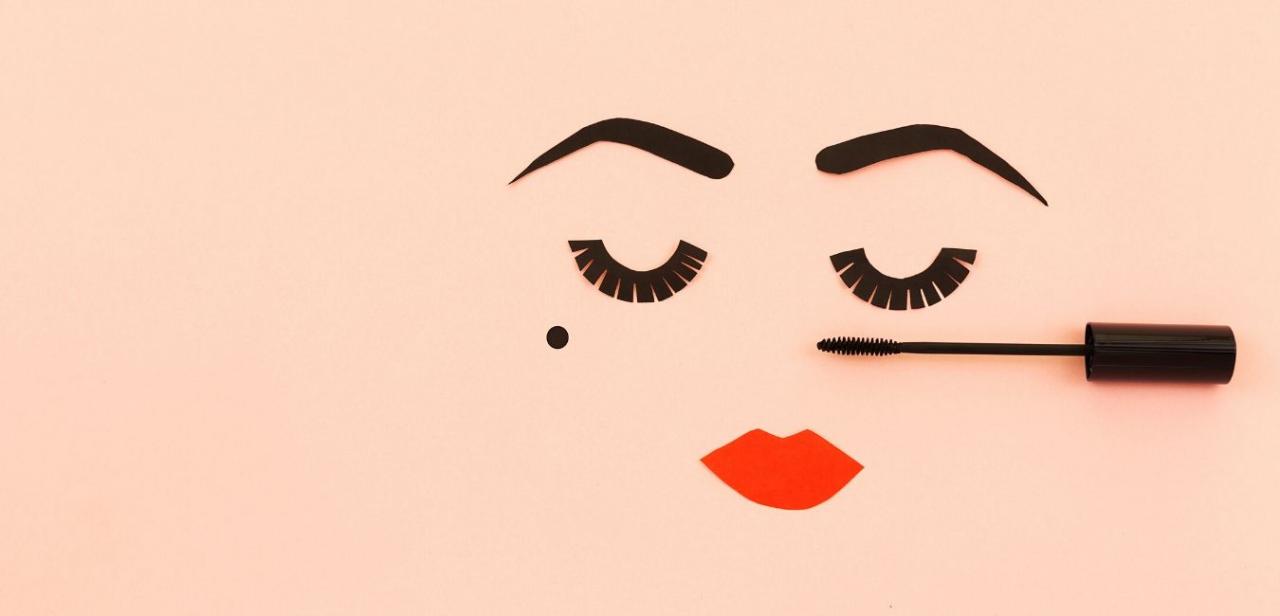Can a preoccupation with cosmetic surgery indicate possible body dysmorphic disorder (BDD)?
You bet it can.
The Mayo Clinic defines BDD as a long-term mental illness in which a person can't stop thinking about a flaw--often small or even imagined--in their appearance. Preoccupation with the perceived flaw is extreme, causing the person to spend up to several hours a day thinking about the problem. The patient may feel full of shame and distress to the point where their relationships and social life are impacted. (See http://www.mayoclinic.com/health/body-dysmorphic-disorder/DS00559.)
One symptom of BDD for many people, the Mayo Clinic said, is the tendency to consider and perhaps seek out numerous cosmetic procedures in an attempt to address their flaw. The target body feature may be as obvious as the nose or as minor as a mole.
Researchers believe about 1 percent of the population is affected by BDD to some extent, and men suffer in numbers about equal to those of women sufferers. Related conditions include depression, anxiety, eating disorders, substance abuse and more.
Unfortunately, no one has yet been able to pinpoint the cause of BDD, also known as body dysmorphia and, informally, as "imagined ugliness." Contributing factors, said the Mayo Clinic, may be family tendency to have BDD, childhood teasing, physical or sexual abuse, low self-esteem and societal pressures.
If you're concerned that someone you care about may have the disorder--someone who professes an abnormal hatred for one of their features to the point of discussing plastic surgery often--you're wise to consider what you can do about it.
In a study published in the American Journal of Psychiatry, (July 2006), Dr. Katharine A. Phillips and William Menard reported that the rate of occurrence of suicidal thoughts in patients with BDD is 10-25 times greater than in the general population of the U.S. Furthermore, their study suggested that completed suicides occur up at a rate up to 45 times greater for patients with BDD than for average people.
The Mayo Clinic adds another reason to take action: the condition is not likely to improve without treatment. Some patients change the object of their hatred for their appearance over time, but few people get better without help.
Fortunately, there's reason for optimism when BDD patients seek help. Cognitive therapy is effective for many. In fact, a professor-student team at the University of Montreal reported very encouraging results with what they term a form of "specialized and innovative cognitive behavioural therapy" just last month. Preliminary findings reported include an average reduction of 46 percent in feature fixations and a reduction of 53 percent in obsessive rituals, such as looking in the mirror, over a 20-month treatment period. (To read more about the study, see http://www.eurekalert.org/pub_releases/2010-06/uom-ntt062810.php.) Anti-depressants and other medications are also used successfully to treat BDD, often in conjunction with therapy.
So, there is hope for people with BDD. According to the Mayo Clinic, one of the biggest hurdles for sufferers is reaching out for help; they tend to avoid taking that step. If you know someone who mentions intense dissatisfaction with their looks and cosmetic surgery very often, see if you can assist them in seeking professional evaluation.





Add a CommentComments
There are no comments yet. Be the first one and get the conversation started!